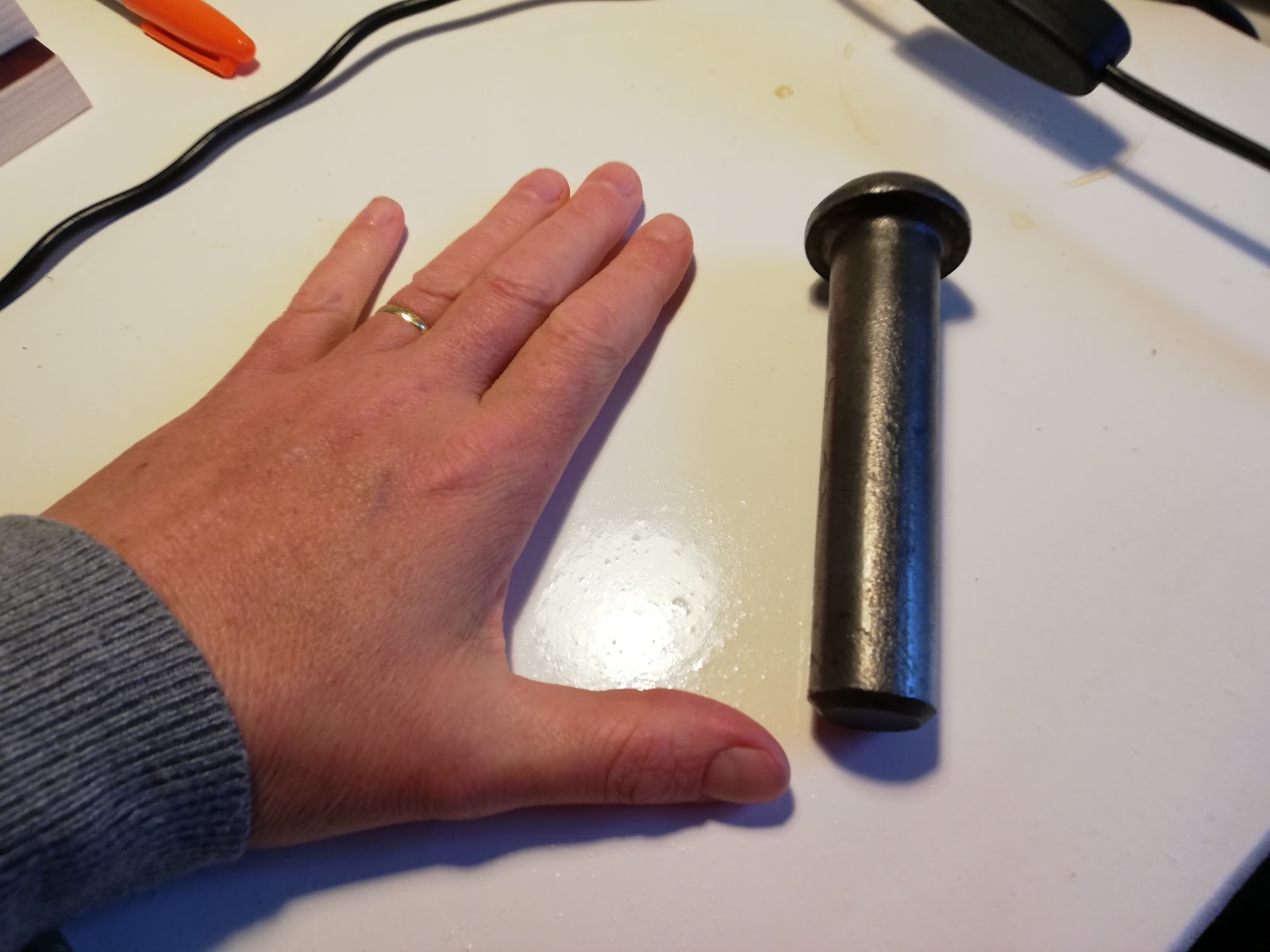What a can-do bunch the Victorians were!
I decided to return to the Victorian age in my latest book
Rivet Boy for a whole lot of reasons. It was the age of reason, of invention,
of engineering, of science and arguably, the age of the novel, too. Imagine a
world without Dickens or Darwin, Stevenson, Lewis Carroll, John Ruskin, Isambard
Kingdom Brunel, Gustave Eiffel, The Bronte sisters, Florence Nightingale, Ada
Lovelace, Alexander Graham Bell…. And that’s just off the top off my head.
I have been privileged to indulge my love of all things
Victorian in my latest book, Rivet Boy. As the daughter of an engineer, I have
been around machinery all my life. While my father never worked in
construction, I am well used to asking myself the questions: how does that work?
How did they do that? We visited the iconic Forth Bridge when I was a child in the early eighties.
 |
| Barbara with her sister, brother-in-law and mother, visiting the Forth Bridge as a child. |
While browsing through a photography book of Victorian
Scotland, I came across a chapter on the building of the iconic Forth Bridge. I
was staggered by the images. How did that work? How did they do that? I was
interested in the architects and engineers who built the structure, yes – but I
was even more interested in the blurred faces of the people who worked on the
site, day in and day out. I looked for a book on the subject (my usual go-to
next step if something captures my interest) and bingo! The Briggers,
written by Elspeth Wills with a team of South Queensferry-based researchers
features details and often even images of the long-forgotten workers who helped
to achieve one of the greatest engineering feats in history. These jobs were
dangerous!
For many years the figure
of deaths quoted was 57 nameless casualties. However, more recent research has revealed
the figure to be considerably greater: 73 confirmed – with more than 30 other related
deaths. Not exactly a cheering basis for a children’s book. And then I struck
gold: A newspaper article:
Here was a 12-year-old boy who survived.
He was to form the basis for my main character. With the
help of local researchers I was able to find out where he lived – around the
corner of the brand-new Carnegie Library in Dunfermline – the very first in the
world. How could I not include it as a setting to contrast with the noise and
danger of the building site. In my book, John is a rivet boy, heating and
throwing rivets which his team will insert and hammer into place on the giant
steel structure. It was skilled and dangerous work, often at great height and
without much safety equipment.
 |
| A Forth Bridge rivet, with my hand for scale. It's HEAVY! |
John may have been one of thousands of ‘Briggers’, but in my
book he takes centre stage, alongside his friend Cora, who longs to become an
engineer herself. John is at best ambivalent, and often terrified of the
structure, but when the Crown Prince’s life is in danger he does not hesitate:
knowing the structure like the back of his hand enables him to overcome his fear
at the very moment when courage is needed most.
The Victorians loved engineering, and they were exceedingly
good at it. William Arrol, in charge of the Forth Bridge construction, went on
to build Tower Bridge in London – as far as they were concerned, the sky was
the limit. In my opinion, there are not nearly enough books celebrating science
and engineering.
We’d do well to channel our inner Victorians, don’t you
think?
You can buy Rivet Boy at https://www.cranachanpublishing.co.uk/product/rivet-boy-by-barbara-henderson/





No comments:
Post a Comment